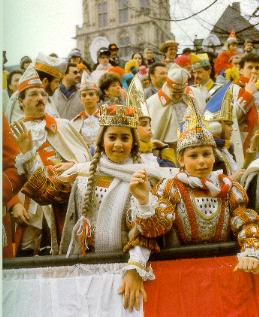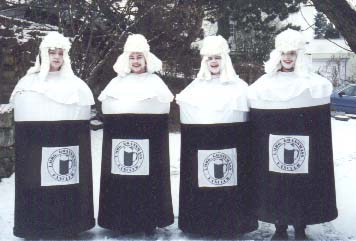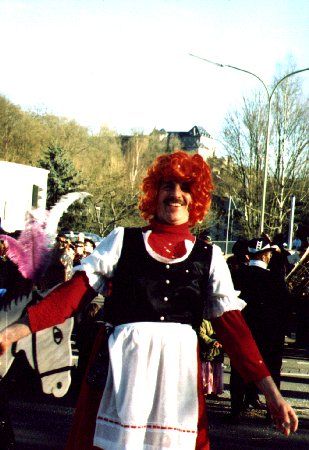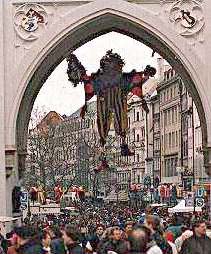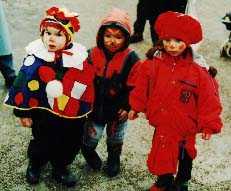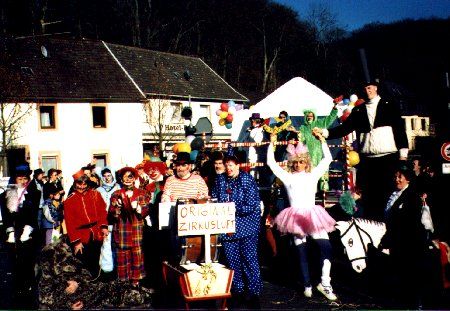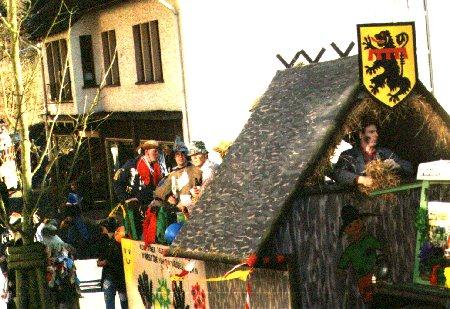Rosenmontag is perhaps one the most lively days of celebration in Germany. The name “Rosenmontag”, when interpreted from its original meaning, has nothing to do with roses. Rather, “rosen” is a derivation of the word “rasen”, which is German for “to rave and act up”. In earlier times, the term for this day was “Rasen Montag”, meaning “Raving Monday”. Quite literally, Rosenmontag is the Monday before Ash Wednesday, “Aschermittwoch”, when everyone goes out to party and be rowdy.
